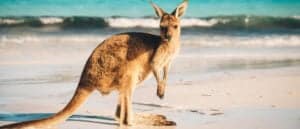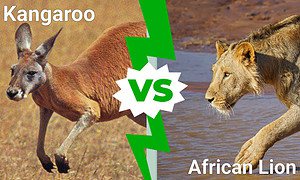Kangaroos have evolved to move around via hopping, which has to be one of the strangest modes of transportation in the animal kingdom. To power their hopping abilities, kangaroos have evolved some extremely specialized physical features, many of which would make the average person believe they aren’t able to swim. Today, we are going to look at the swimming prowess of these hopping marsupials, plus learn a few more interesting tidbits about them. Let’s get started!
8 Facts About Kangaroos and Swimming
#1: Yes, Kangaroos can swim!

Kangaroos
are surprisingly strong swimmers!
©Katarina Christenson/Shutterstock.com
Kangaroos are known for their powerful hind legs, used for hopping and balancing, but they also have another trick up their sleeve- swimming! Their strong tail acts as another arm or limb, helping them maintain balance in the water. They swim to escape predators who aren’t keen on getting wet. Kangaroos are surprisingly graceful swimmers!
#2: Kangaroos can’t hop backward
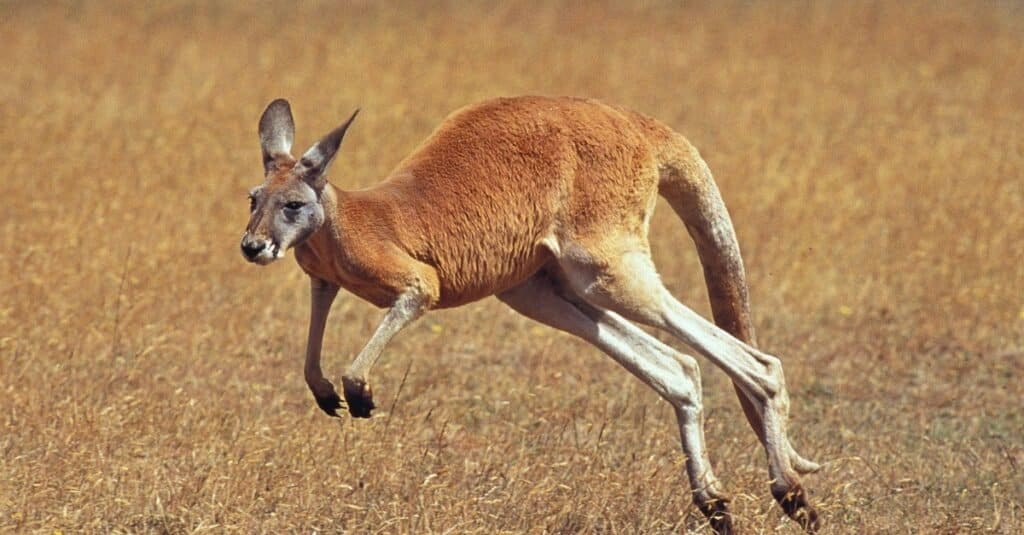
Despite being good swimmers, kangaroos can’t hop backward.
©iStock.com/slowmotiongli
Kangaroos are famous for their powerful hopping abilities, but they cannot hop backward. Their hind legs are specifically adapted for forward motion, and they lack the necessary muscle control to hop in reverse. When in danger, kangaroos retreat by hopping away or using their hind legs to push off and escape. If you catch a kangaroo in a tight alleyway, they don’t have any option but to fight!
#3: Kangaroos are on the Australian coat of arms
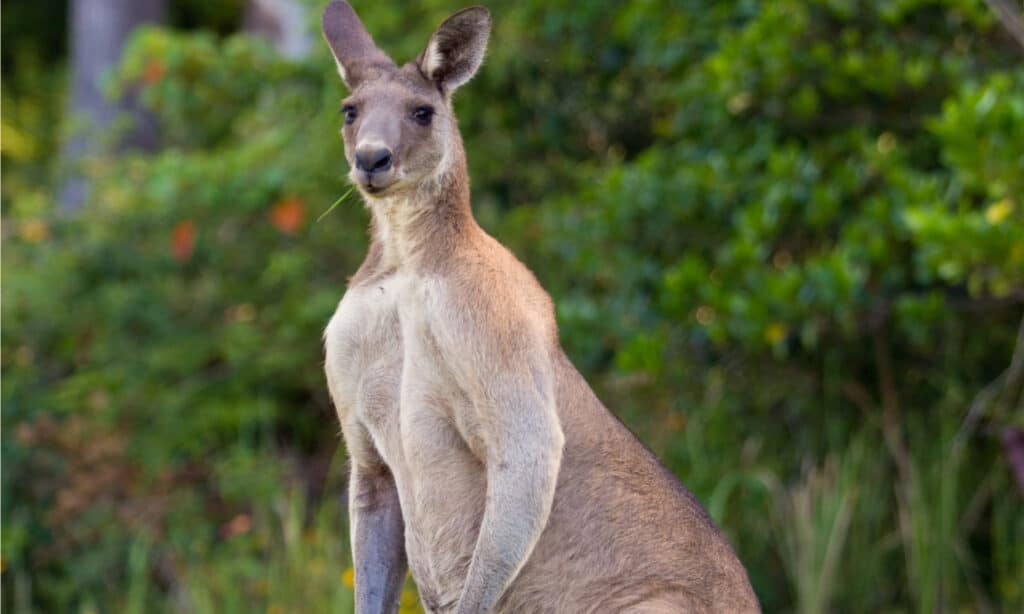
Since they can’t hop backward, they are used on the Australian coat of arms to symbolize progress.
©kimonofish/Shutterstock.com
Kangaroos are featured on the Australian coat of arms and symbolize the nation’s progress and forward momentum, especially since they don’t have the ability to hop backward (as we learned in #2). Their depiction as only moving forward represents Australia’s continuous advancement as a nation of progress. The kangaroo also symbolizes the country’s unique wildlife and natural beauty since they are native only to Australia.
#4: Kangaroos have been seen swimming for over 300 meters
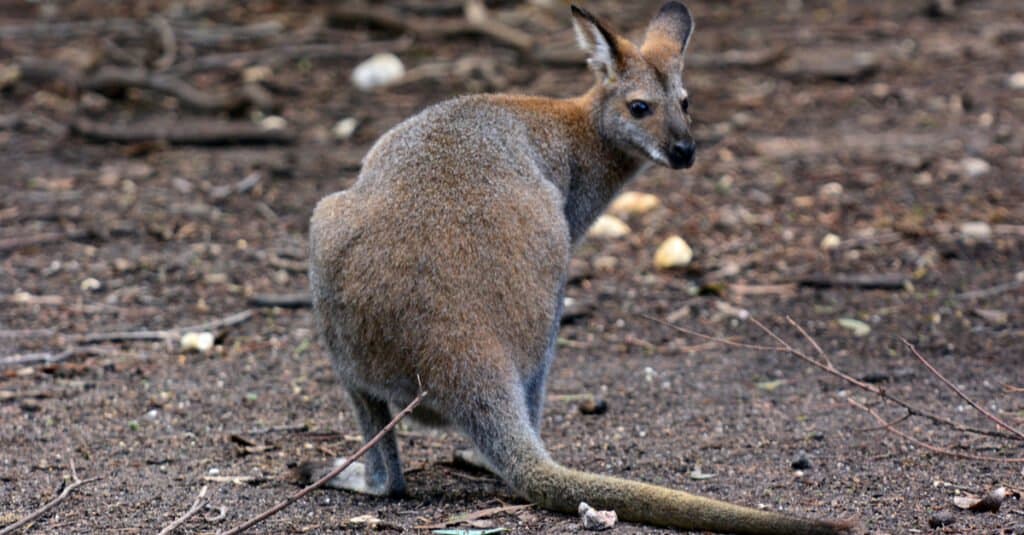
Kangaroos have been seen swimming over 300 meters at a time.
©ChameleonsEye/Shutterstock.com
When frightened or scared, kangaroos can actually swim quite a distance. One grey kangaroo was seen swimming over 300 meters, in fact. For reference, that would be the equivalent of swimming a little over three football fields! For kangaroos that don’t seem to be physically adapted to swimming, 300 meters is quite a significant distance.
#5: Kangaroos use their tails as rudders and paddles

Kangaroos use their tails to help them swim.
©iStock.com/JohnCarnemolla
A kangaroo tail is incredibly strong and acts as a fifth limb for them, providing balance and support while hopping and jumping. In addition to its use on land, the kangaroo tail also serves as a rudder and paddle while swimming. The tail helps the kangaroo steer and maintain its balance in the water, and the powerful muscles in the tail allow the kangaroo to swim with strong, sweeping strokes, much like an alligator or snake.
#6: They can “clench” their pouches while swimming
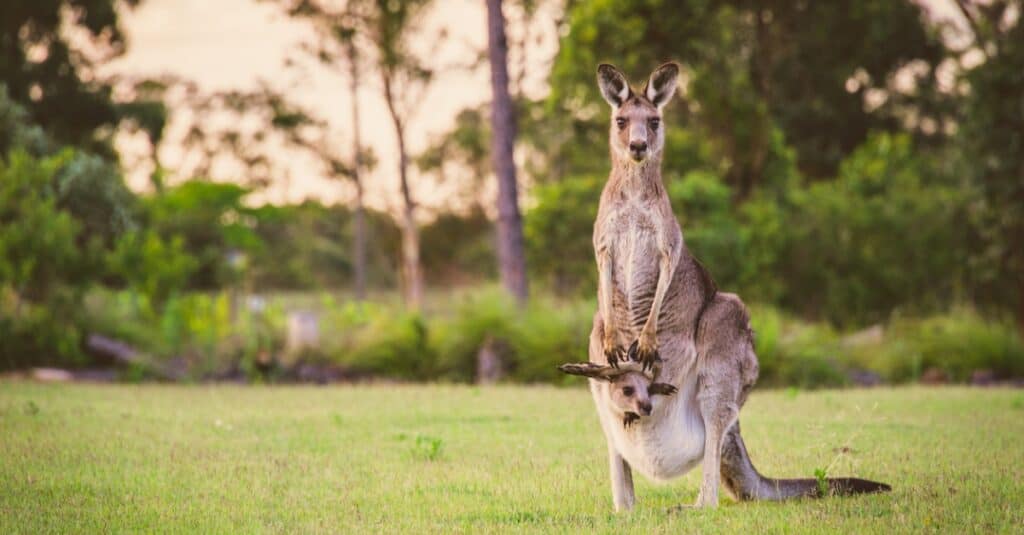
Kangaroos have the ability to clench or relax their
pouches
, helping them to keep it from filling with water when they swim.
©iStock.com/Andrew Coleman
Generally, a mother kangaroo will avoid going into the water, especially if her joey is large. In some situations, however, there have been reports of mother kangaroos going into the water while they have a baby in their pouch. In these situations, it’s theorized that the mother kangaroo is able to tense up her pouch, making it harder for water to enter and potentially harm the baby. The edges of the pouch are lined in muscle, allowing her to contract it, sealing it up a little better than it normally would be.
#7: Kangaroos were seen swimming when flooding swept across portions of the country
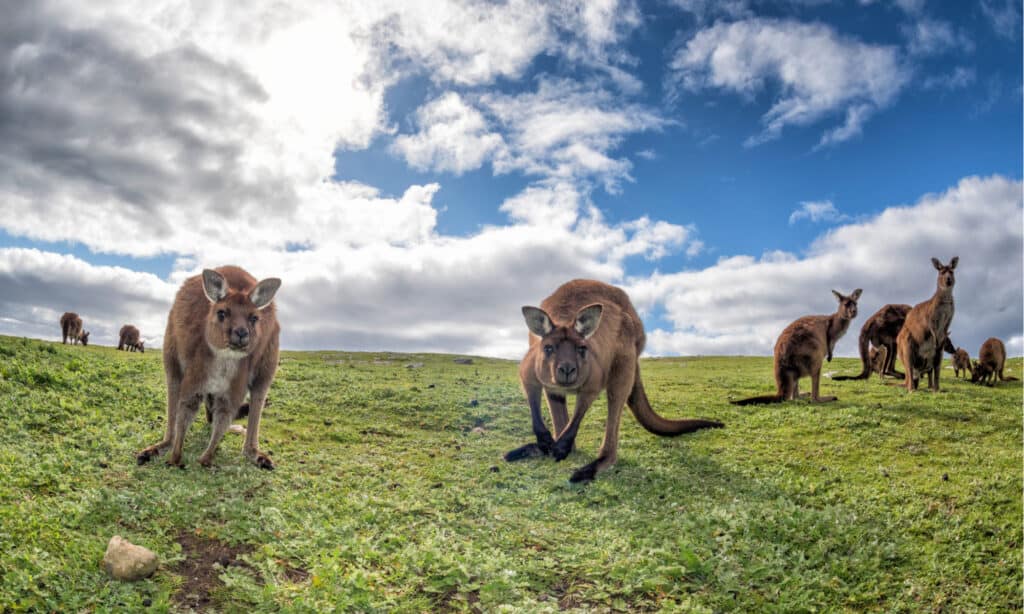
During
floods
, groups of kangaroos can be seen swimming together.
©Andrea Izzotti/Shutterstock.com
Groups of kangaroos have been seen swimming through flooded towns and other areas during large floods in Australia. The sight of kangaroos swimming in flooded areas has become a common occurrence in Australia, where flash floods are frequent due to the country’s geography and weather patterns, especially as climate change makes them more common. The coordinated swimming of kangaroos in groups allows them to move efficiently and avoid danger, making it a remarkable sight for people to see. There are dozens of videos online depicting groups of kangaroos swimming!
#8: Kangaroos can swim in the ocean, but they don’t generally prefer it
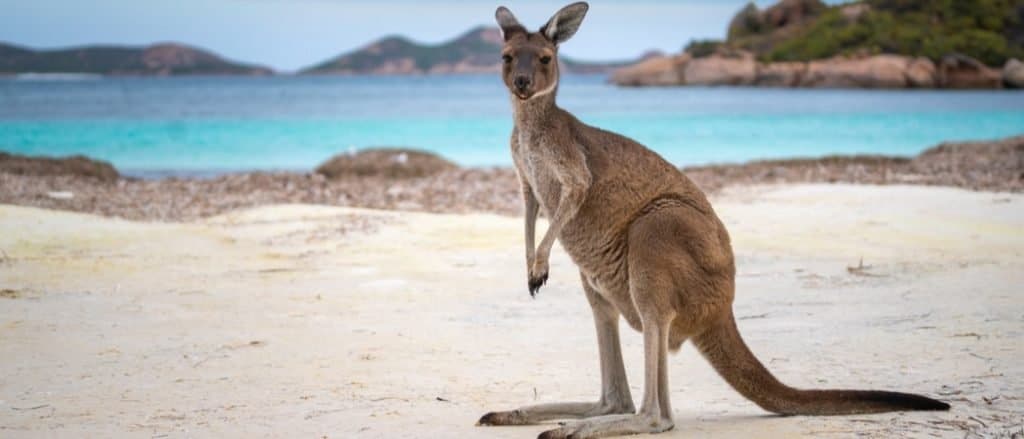
Kangaroos are rarely seen swimming in the
ocean
, although they can if they have a good enough reason.
©anek.soowannaphoom/Shutterstock.com
Kangaroos are not typically known to swim outside of freshwater sources, but they have been seen swimming in the ocean on rare occasions. This occurs when they are forced to swim to escape predators or reach safety, such as during extreme weather conditions. Swimming in the ocean can be dangerous for kangaroos, as the strong currents and waves can make it challenging to keep their heads above water.
Up Next:
- Discover the 4 Largest Kangaroo Species
- Kangaroo Teeth: Everything You Need To Know
- The Largest Ever Ancient “Kangaroo” Was 10 Feet Tall
The photo featured at the top of this post is © John Crux/Shutterstock.com
Thank you for reading! Have some feedback for us? Contact the AZ Animals editorial team.




